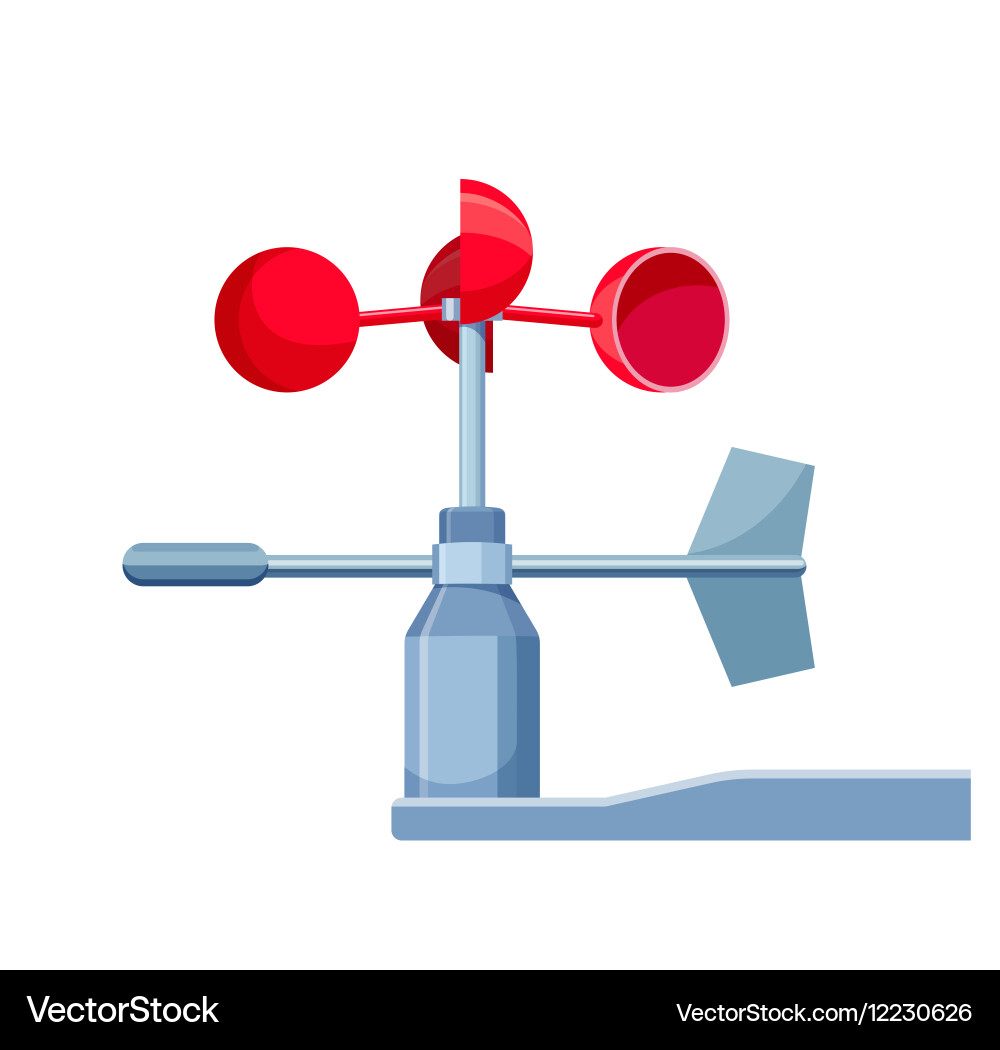The Duty of an Anemometer in Improving Safety And Security for Outdoor Activities
The Duty of an Anemometer in Improving Safety And Security for Outdoor Activities
Blog Article
Checking Out the Functions and Benefits of Anemometers for Weather Enthusiasts and Professionals
From cup anemometers to sonic anemometers, each kind brings its special set of advantages and applications, shedding light on numerous elements of climatic conditions. As we delve right into the functions and advantages of anemometers, a deeper understanding arises not just of prevailing weather sensations but additionally of the wider implications for industries like wind energy manufacturing and environmental research.
Relevance of Anemometers in Weather Condition Monitoring
Anemometers play an important duty in climate monitoring by offering exact measurements of wind speed, aiding in forecasting and understanding weather condition patterns. These instruments, ranging from traditional cup anemometers to contemporary ultrasonic anemometers, are necessary for meteorologists, scientists, and climate fanatics alike.

Sorts Of Anemometers and Their Applications
With the essential duty anemometers play in climate surveillance and forecasting, comprehending the different types of these tools and their applications becomes crucial for specialists and lovers in the area. The most common sorts of anemometers consist of mug anemometers, vane anemometers, hot-wire anemometers, and ultrasonic anemometers. Cup anemometers include 3 or four cups installed on horizontal arms that rotate with the wind, gauging its speed. Vane anemometers, on the other hand, make use of an easily rotating vane to align with the wind instructions, supplying both wind speed and instructions measurements. Hot-wire anemometers operate based upon the principle of convective warmth transfer, where the cooling impact of the air flow is gauged to establish wind speed. Ultrasonic anemometers make use of ultrasonic noise waves to calculate wind rate and direction properly.
Mug anemometers are suitable and robust for general climate surveillance, while vane anemometers are favored for directional measurements. Ultrasonic anemometers are non-intrusive and provide high accuracy, commonly made use of in research and specialized weather tracking applications.
Advantages of Utilizing Anemometers in Projecting
In meteorology, the application of anemometers uses indispensable benefits for enhancing the accuracy of weather forecasting. Anemometers gauge wind rate and instructions, giving vital information for anticipating weather patterns. By incorporating wind data into projecting versions, meteorologists can much better understand the activity of climate systems, prepare for modifications in weather, and concern more precise forecasts.
Additionally, anemometers play an important role in evaluating prospective weather condition hazards. Monitoring wind speeds helps forecasters predict extreme weather condition events such as cyclones, hurricanes, and winter months tornados with higher precision. This early caution system click to read more makes it possible for authorities to release timely notifies and execute essential security steps, reducing the threats to life and building.
Furthermore, anemometers assist in enhancing renewable resource production. By evaluating wind patterns, meteorologists can determine ideal locations for wind ranches and predict energy output, adding to the efficient generation of wind power.

Anemometers in Wind Energy Manufacturing
Given the important function anemometers play in supplying exact wind data for climate projecting and threat assessment, their relevance reaches the realm of wind power production. Anemometers are necessary instruments in the area of wind energy, where the dimension of wind rate and direction is crucial for identifying the feasibility and effectiveness of wind generator installments. By precisely gauging wind rates at varying heights, anemometers help enhance the positioning and style of wind generators to make the most of energy result.
In wind ranches, anemometers are purposefully put to collect real-time wind data that is utilized to evaluate the possible power production of a website. This data is instrumental in figuring out the financial stability of wind energy jobs and in forecasting power generation to guarantee grid security. In addition, anemometers help in monitoring wind conditions to enhance generator performance, protect against damages from high winds, and make certain the safety of employees operating in the location of wind turbines.
Enhancing Weather Condition Understanding With Anemometers

Anemometers play a vital role in enhancing our understanding of microclimates. These local climate condition can differ substantially from more comprehensive regional projections, making it necessary to have accurate information for details areas. you can try here anemometer. By purposefully putting anemometers in different places, researchers can gather comprehensive info on exactly how wind behaves in different surfaces, city environments, or bodies of water
Furthermore, anemometers contribute to improving weather forecasting designs by offering real-time data on wind habits. This details is especially beneficial for anticipating serious climate events, enhancing farming practices, and supporting markets like air travel and maritime navigation. In general, anemometers are vital instruments that allow us to dig deeper right into the complexities of weather condition systems, eventually leading to even more better-informed choices and precise forecasts.
Conclusion
In verdict, anemometers play an important function in weather monitoring and projecting by determining wind speed and instructions. Anemometers also have applications in wind energy manufacturing, more highlighting their significance in both meteorology and eco-friendly power markets.
From mug anemometers to sonic anemometers, each kind brings its one-of-a-kind set of applications and advantages, dropping light on numerous aspects of atmospheric conditions. These tools, varying from typical cup anemometers to contemporary ultrasonic anemometers, are important for meteorologists, scientists, and weather condition fanatics alike. The most usual kinds of anemometers consist of cup anemometers, vane anemometers, hot-wire anemometers, and ultrasonic anemometers. Mug anemometers are appropriate and robust for general weather condition monitoring, while vane anemometers are preferred for directional measurements. Anemometers are vital instruments in the field of wind energy, where the measurement of wind rate and instructions is vital for figuring out the expediency and performance of wind generator installments.
Report this page